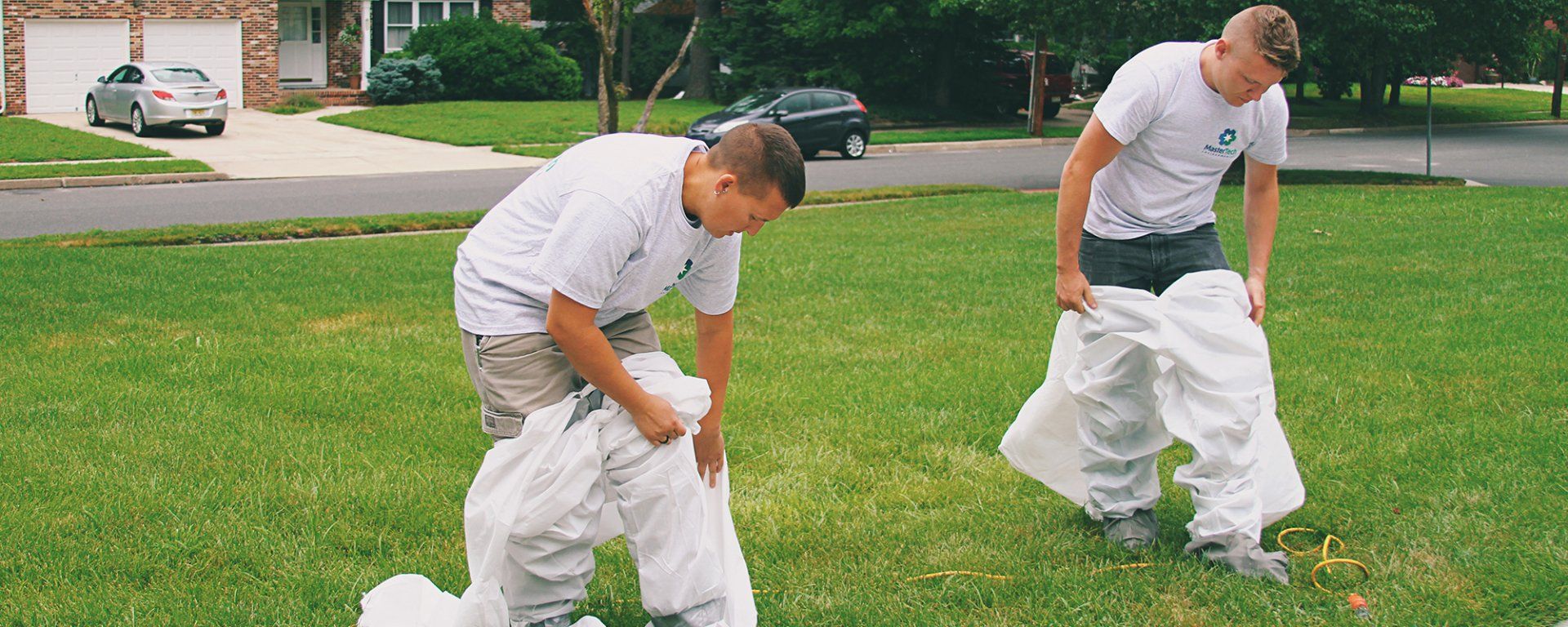Who Cleans Up After a Suicide or Homicide?

What Happens After a Suicide or Homicide?
What the news and procedural dramas don't show is the cleanup after investigators or coroners have left. Who is left to cleanup the aftermath of a death or trauma? After such an event, family and friends are often left with a number of legal issues to handle on top of services arrangement and the emotional and physical toll any unexpected trauma takes. Fortunately, professional biohazard cleanup services like those provided by MasterTech Environmental of Myrtle Beach can handle the deep cleaning, while family and friends grieve and handle other matters.
Professional Cleanup After Suicide or Trauma Is Necessary
Suicide, homicide, and bodily trauma are messy. Cleaning up bodily remnants and fluids is difficult because blood and bodily fluid can easily contaminate your home. Standard cleaning practices are not enough. MasterTech Environmental has the expertise to clean salvageable items or materials in your home and determine what needs to be removed or replaced.
MasterTech Environmental is trained and certified to handle biohazard cleanup after a traumatic event:
- Special Training: MasterTech Environmental of Myrtle Beach has special training for blood contamination and blood-born pathogens. We always follow the strict protocols for cleanup and removal.
- Protective Equipment: MasterTech Environmental of Myrtle Beach uses personal protective equipment including biohazard suits, respiratory gear, and double gloves.
- Cross-Contamination Prevention: Our team isolates contaminated rooms to prevent cross-contamination to other parts of the property.
- Proper Disposal: Cleaning and removing biohazard materials has strict guidelines. MasterTech Environmental takes all biohazard waste to approval disposal sites in marked biohazard containers.
What Is Involved in a Biohazard Cleanup?
MasterTech Environmental of Myrtle Beach is prepared to remove the blood, bodily fluid and odor that follows a suicide, homicide, or other traumatic event.
Blood and Bodily Fluids: Depending on the event, there could be a lot of blood spill or blood splatter. Our team is professionally trained to clean blood to remove dangerous bacteria and blood-born pathogens.
Postmortem Waste: After death, the human body releases bodily waste before rigor mortis occurs. This means that the scene of the event will often contain urine and feces. Professional grade cleaning, disinfection, and odor removal is required.
Decomposition Odor Removal: The odors associated with death can be just as difficult to handle as the visuals. Depending on the amount of time between death and body removal, odors can become quite strong and permeate carpeting, walls, and furniture. MasterTech Environmental of Myrtle Beach uses safe, professional-grade cleaners aimed at effective odor removal and deodorization.
Who Pays for Suicide or Homicide Cleanup?
Usually, home or property insurance will cover cleanup costs. When coverage is awarded, it is usually under a homeowner’s policy that is not considered to be a “named-perils policy.” If cleanup services aren't covered by a "named perils policy," we will provide an estimate.
MasterTech Environmental is Here to Help
We are sensitive to the emotions of those who may be present during the cleanup process. You may have questions or fears, or may simply need a smile and comforting word. Our specially trained staff understands the shock and grief they are feeling, and responds with respect, discretion and genuine concern. Please contact us if you need assistance.



